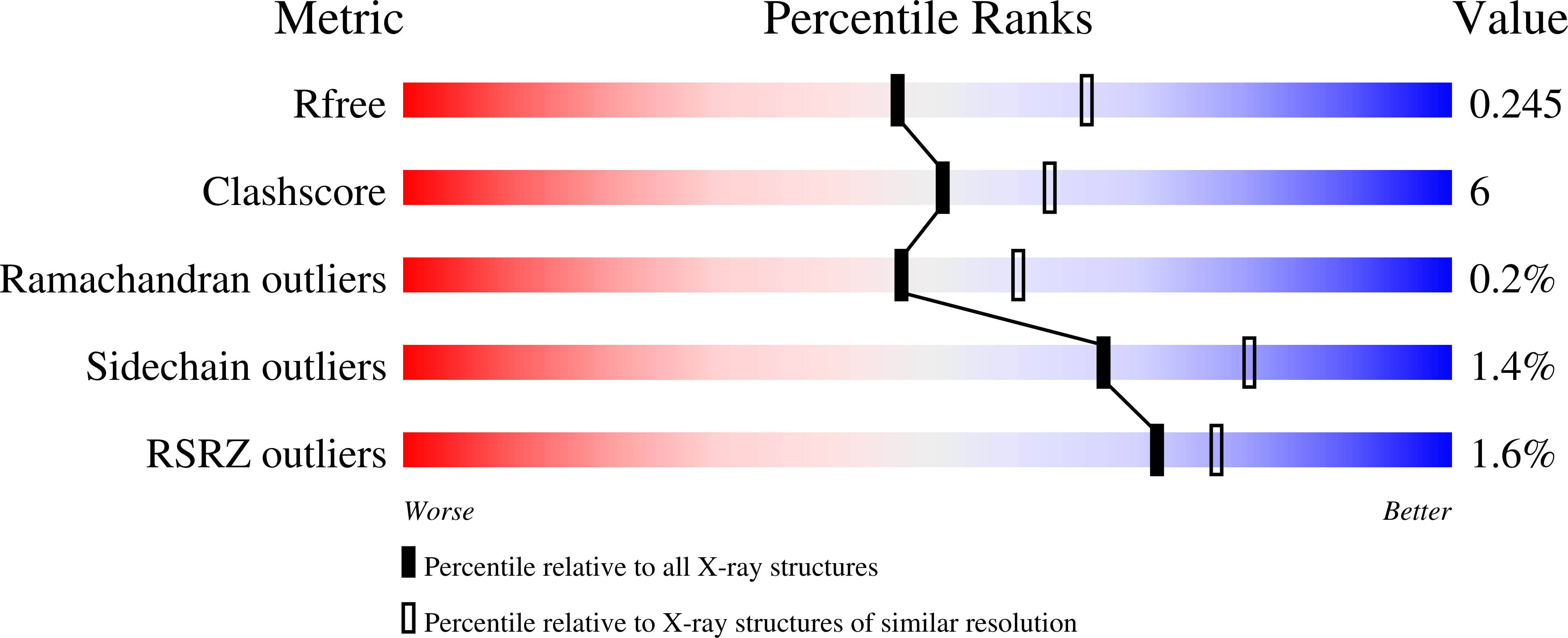
Deposition Date
2020-04-28
Release Date
2021-05-05
Last Version Date
2023-10-18
Method Details:
Experimental Method:
Resolution:
2.30 Å
R-Value Free:
0.24
R-Value Work:
0.18
R-Value Observed:
0.18
Space Group:
P 1 21 1


